Dialysis Disequilibrium Syndrome Treatment
Dialysis disequilibrium syndrome treatment. Delivered KtV is often lower than the prescribed KtV. Dialysis disequilibrium syndrome is a reason why hemodialysis initiation should be done gradually ie. They are genetically determined and affect otherwise normal people of both sexes and all races.
Idiopathic generalized epilepsies IGEs constitute one third of all epilepsies. IGEs manifest with typical absences myoclonic jerks and generalized tonic-clonic seizures alone or in varying combinations and severity. This could be related to multiple reasons such as interrupted treatment due to machine alarms access recirculation blood or dialysate pump calibration errors that leads to decreased delivered Qb or Qd etc.
The neurological complications may lead to coma and death if not treated. Absence status epilepticus ASE is common. During dialysis Watch for Hypotension Muscle cramps Nausea and vomiting Headache Itching Less commonly.
Disequilibrium syndrome hypersensitivity reaction arrhythmia cardiac tamponade seizures air embolism 12. Dialysis dysequilibrium syndrome a condition occasionally seen following overly rapid hemodialysis characterized by increased intracranial pressure that causes nausea headache vomiting restlessness and a decreased level of consciousness. It is a reason why the first few dialysis sessions are shorter and less aggressive than the typical dialysis treatment for end-stage renal disease patients.
Therefore to achieve a delivered spKtV of 12 a target spKtV of 14 is.
Dialysis disequilibrium syndrome is a reason why hemodialysis initiation should be done gradually ie.
IGEs manifest with typical absences myoclonic jerks and generalized tonic-clonic seizures alone or in varying combinations and severity. Dialysis disequilibrium syndrome is a reason why hemodialysis initiation should be done gradually ie. It is a reason why the first few dialysis sessions are shorter and less aggressive than the typical dialysis treatment for end-stage renal disease patients. Absence status epilepticus ASE is common. IGEs manifest with typical absences myoclonic jerks and generalized tonic-clonic seizures alone or in varying combinations and severity. During dialysis Watch for Hypotension Muscle cramps Nausea and vomiting Headache Itching Less commonly. Disequilibrium syndrome hypersensitivity reaction arrhythmia cardiac tamponade seizures air embolism 12. Idiopathic generalized epilepsies IGEs constitute one third of all epilepsies. Delivered KtV is often lower than the prescribed KtV.
The neurological complications may lead to coma and death if not treated. Delivered KtV is often lower than the prescribed KtV. This could be related to multiple reasons such as interrupted treatment due to machine alarms access recirculation blood or dialysate pump calibration errors that leads to decreased delivered Qb or Qd etc. Dialysis dysequilibrium syndrome a condition occasionally seen following overly rapid hemodialysis characterized by increased intracranial pressure that causes nausea headache vomiting restlessness and a decreased level of consciousness. Therefore to achieve a delivered spKtV of 12 a target spKtV of 14 is. Disequilibrium syndrome hypersensitivity reaction arrhythmia cardiac tamponade seizures air embolism 12. Dialysis disequilibrium syndrome is a reason why hemodialysis initiation should be done gradually ie.





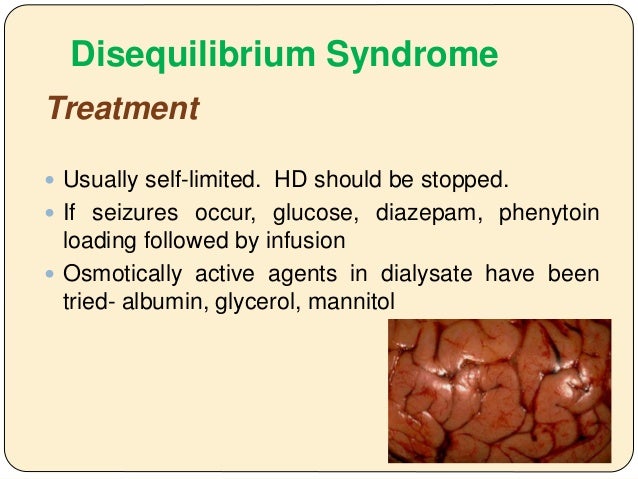
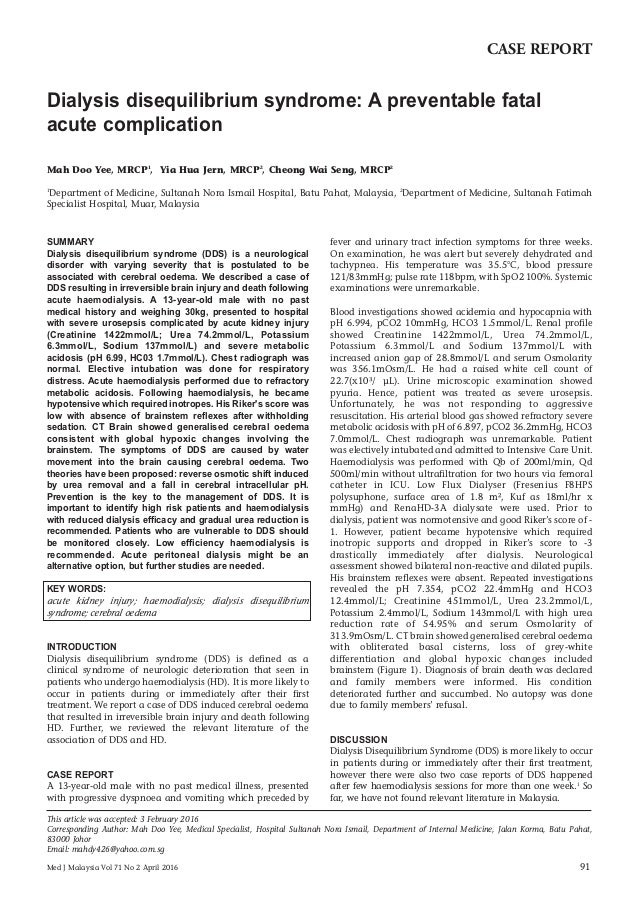


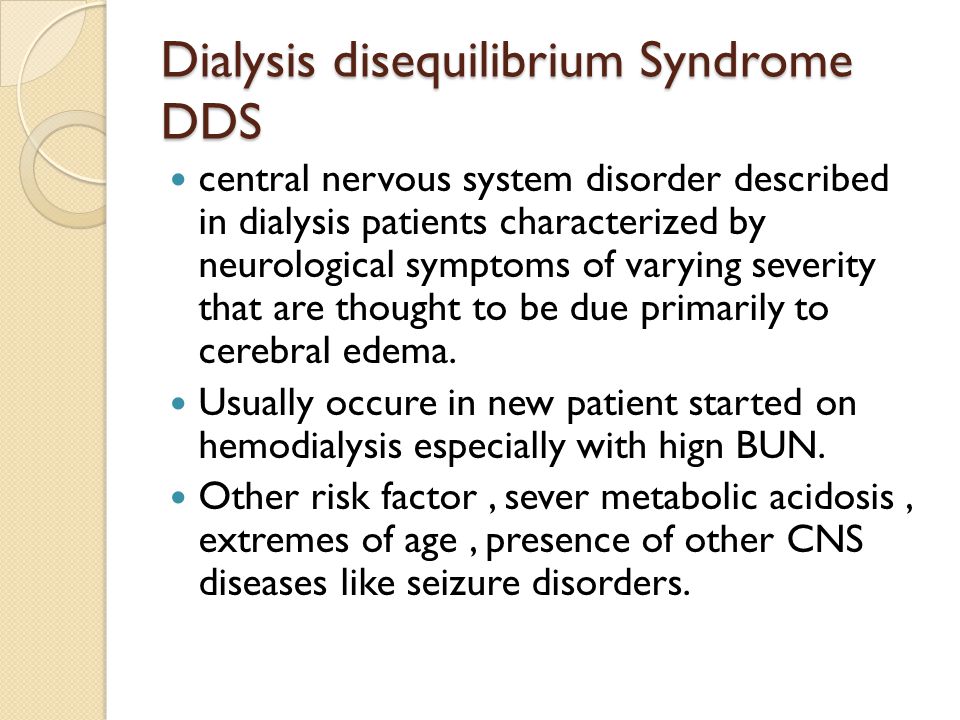
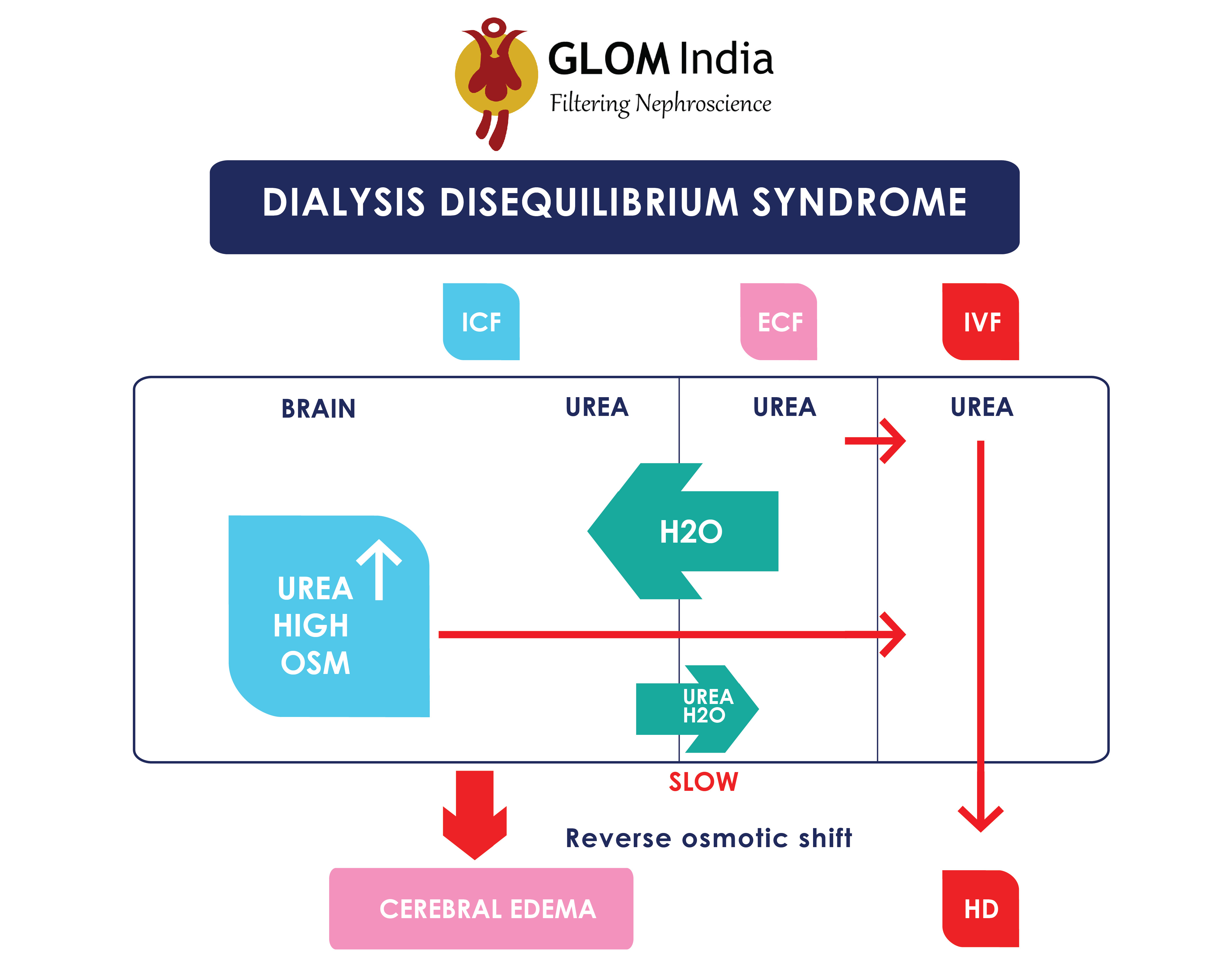

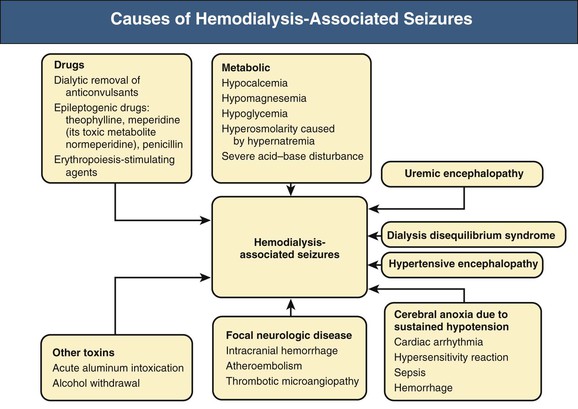




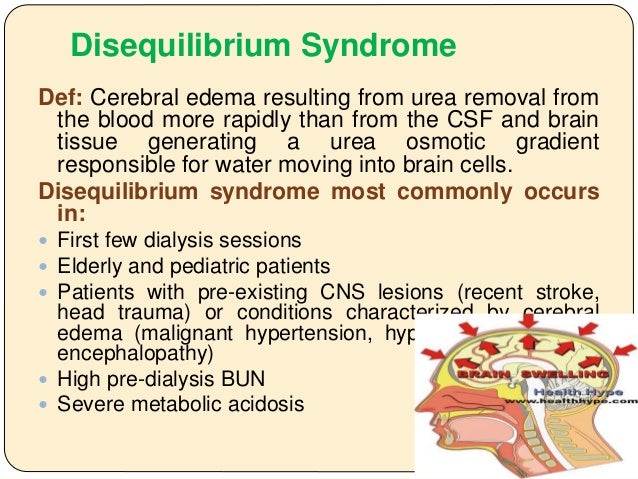

/kidney-dialysis-99310821-dff4387fa67c48bf94cd518a0732cf26.jpg)


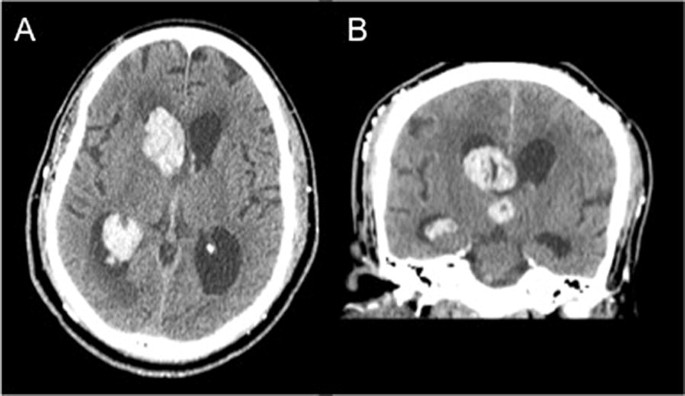







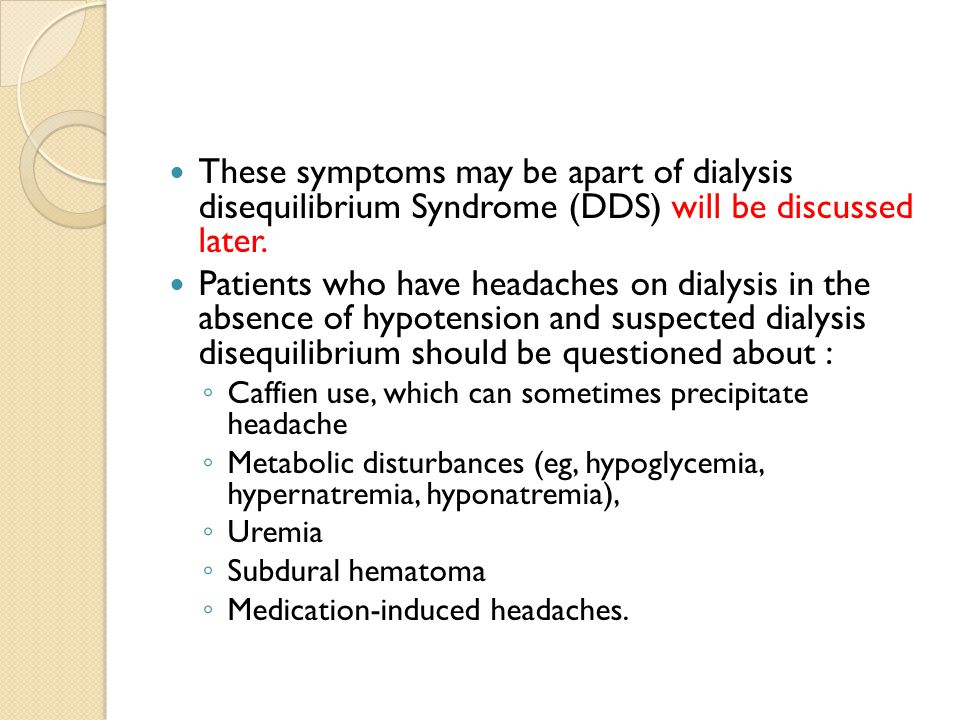





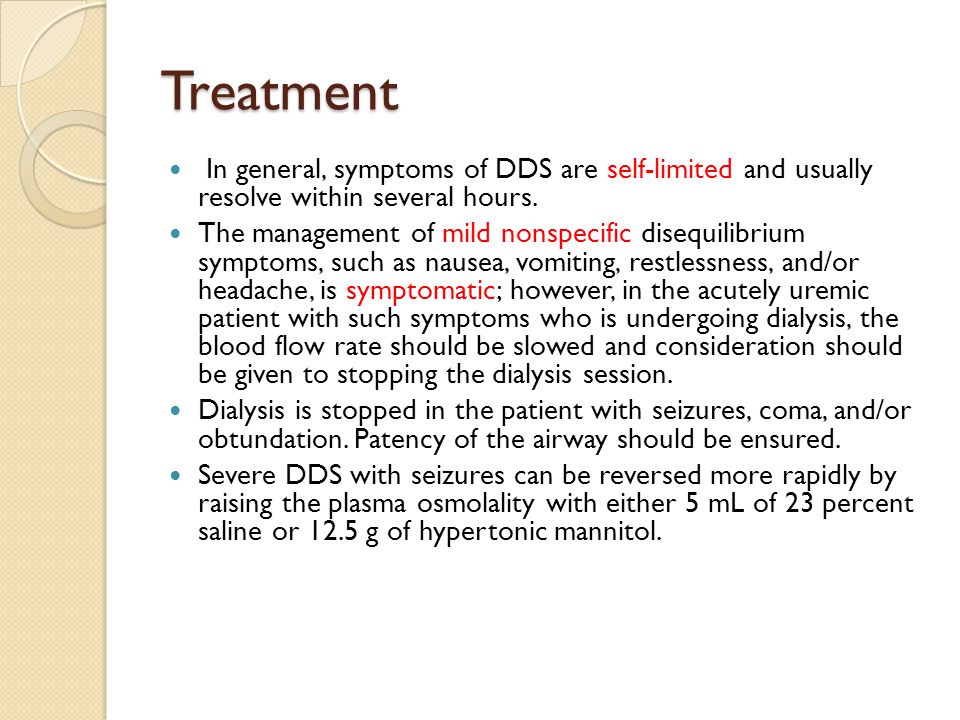




Post a Comment for "Dialysis Disequilibrium Syndrome Treatment"